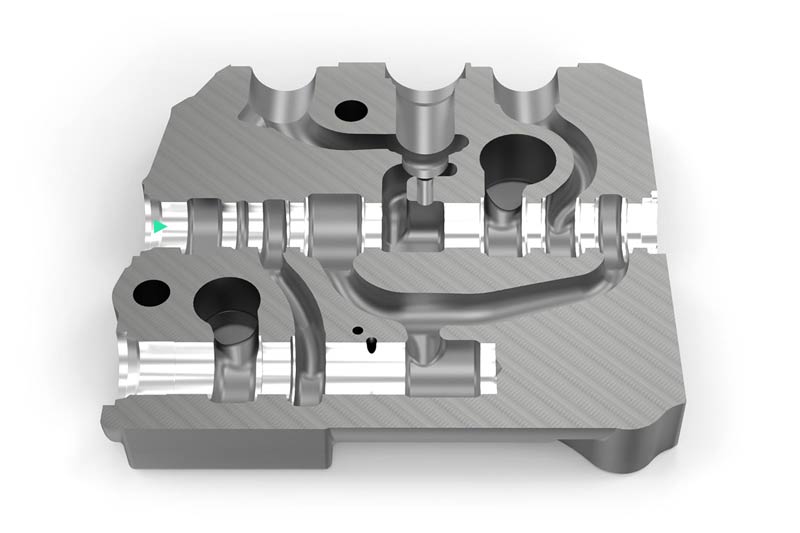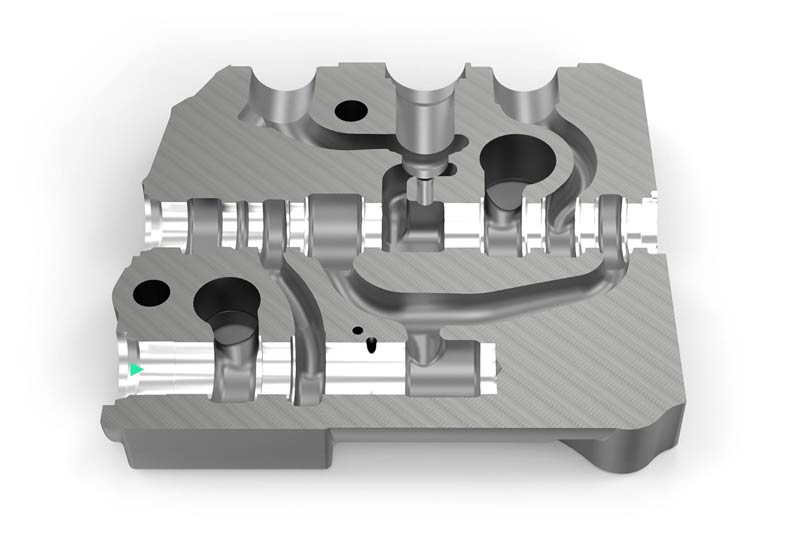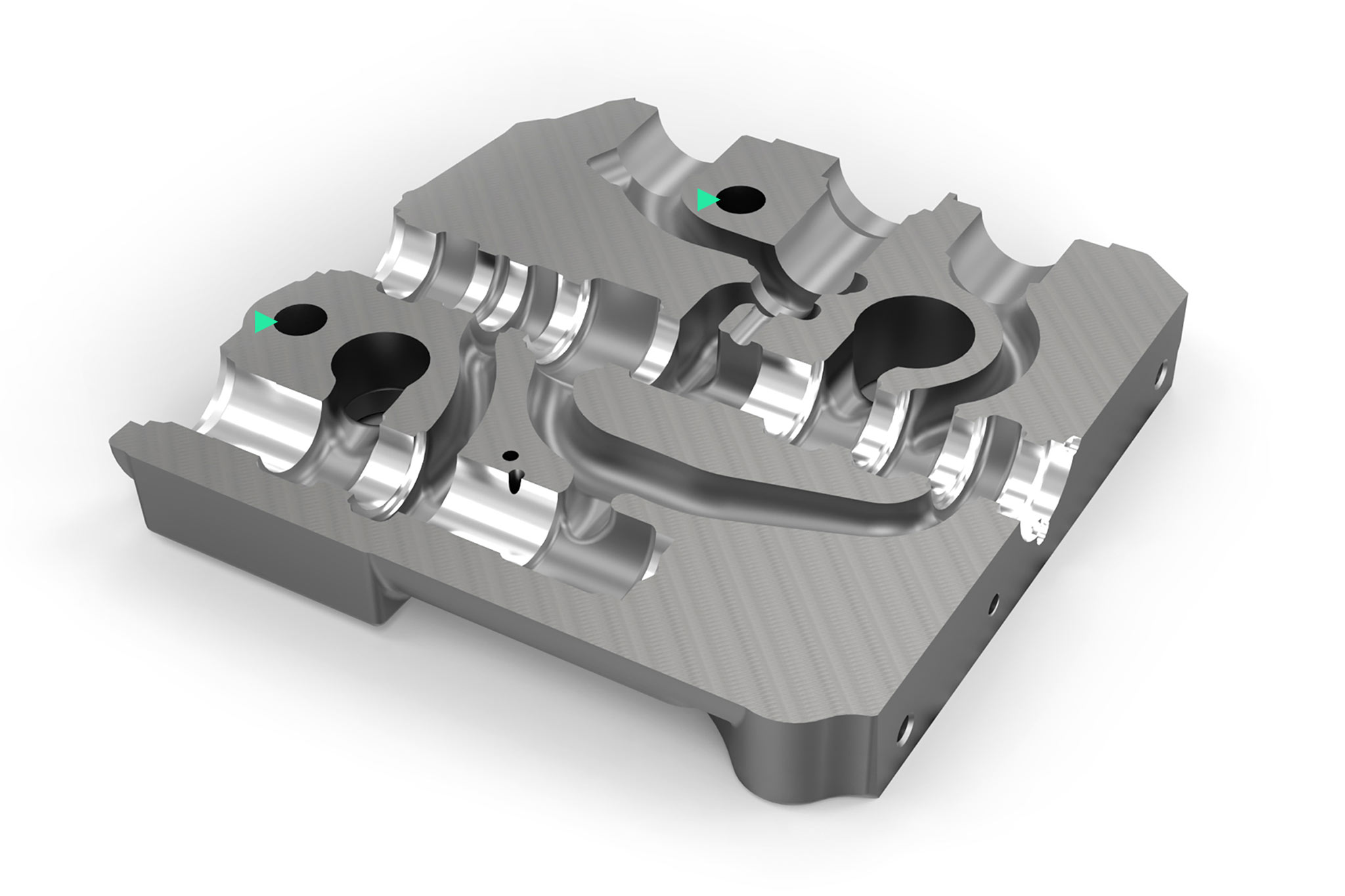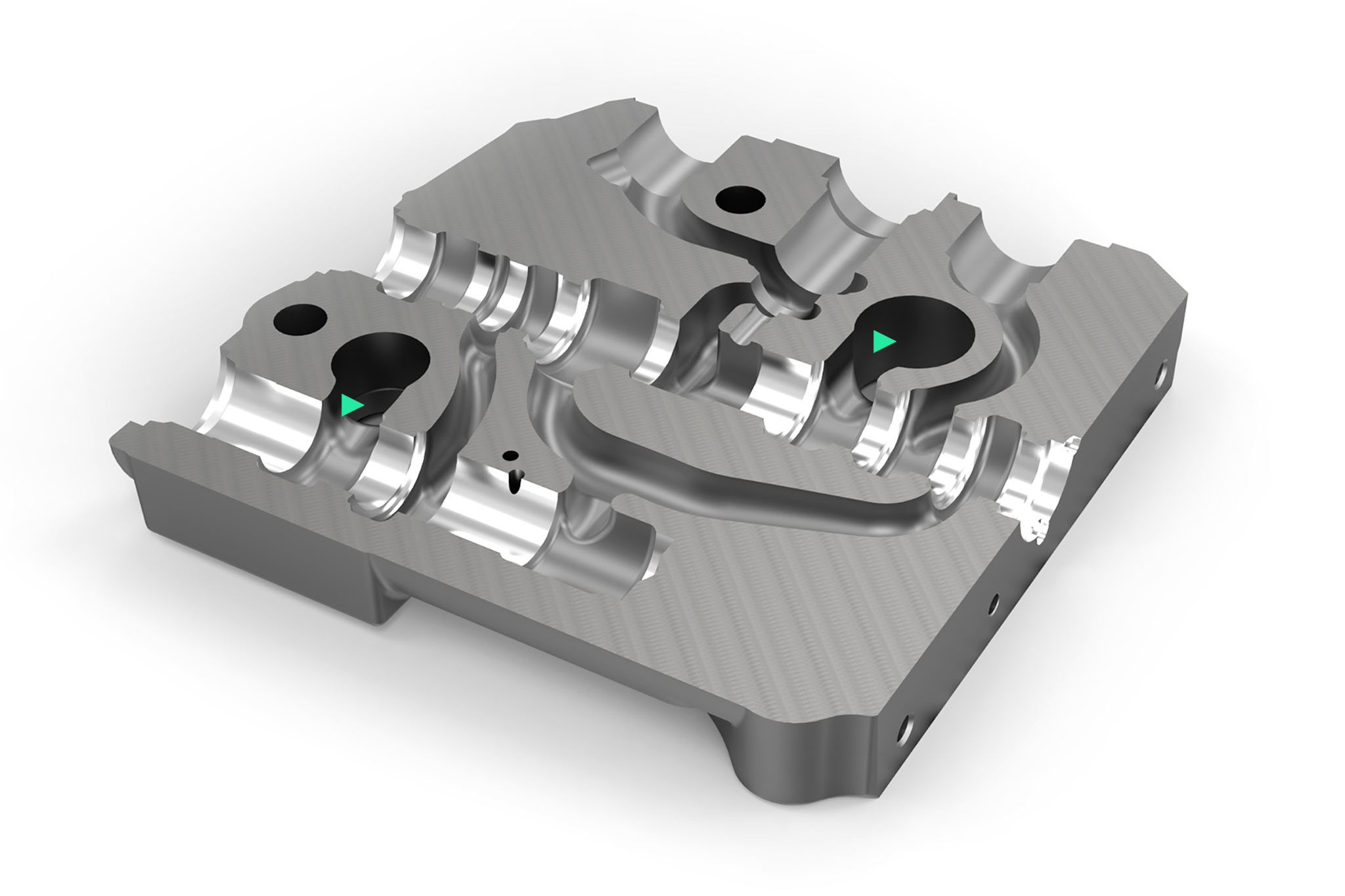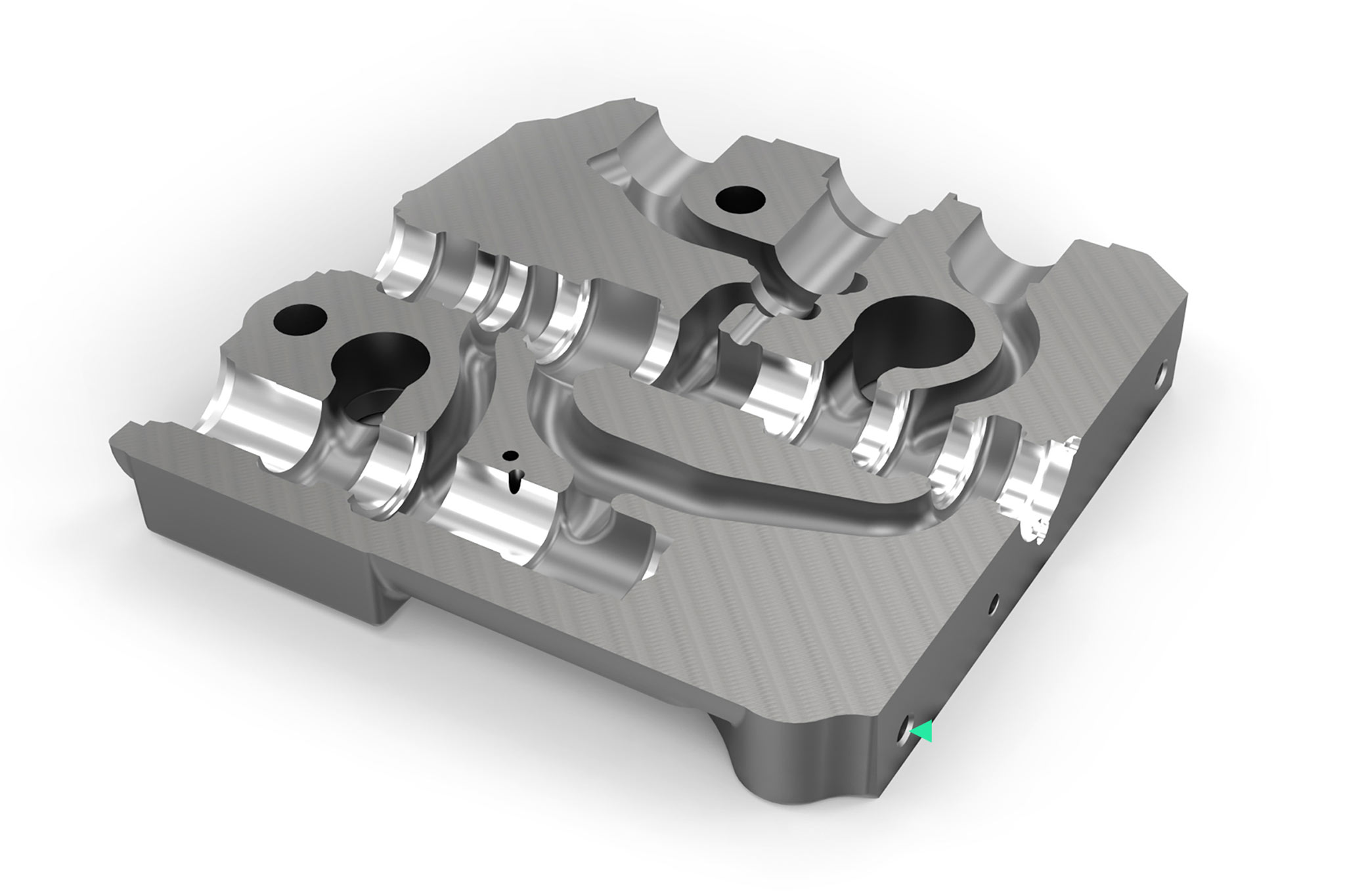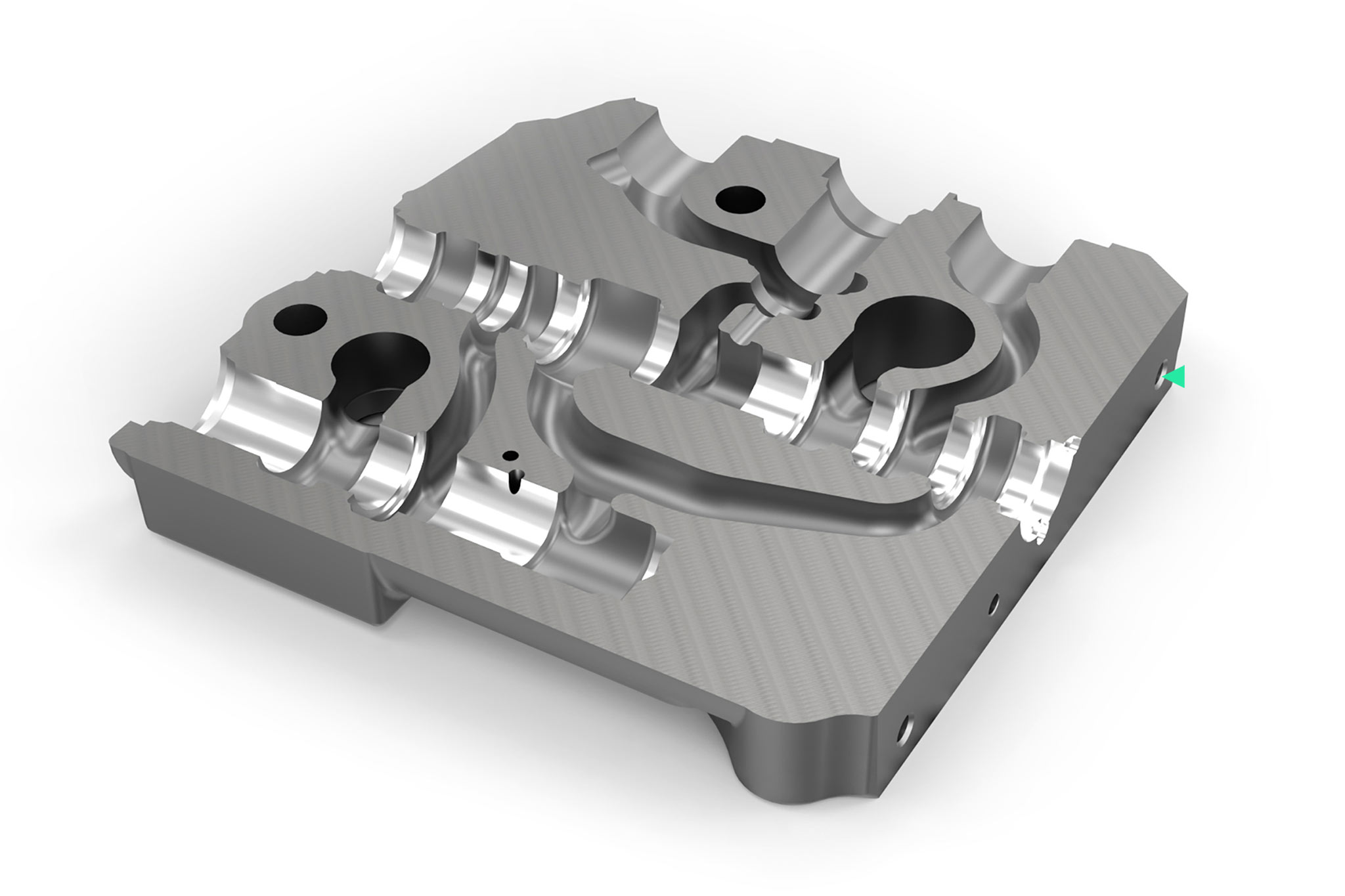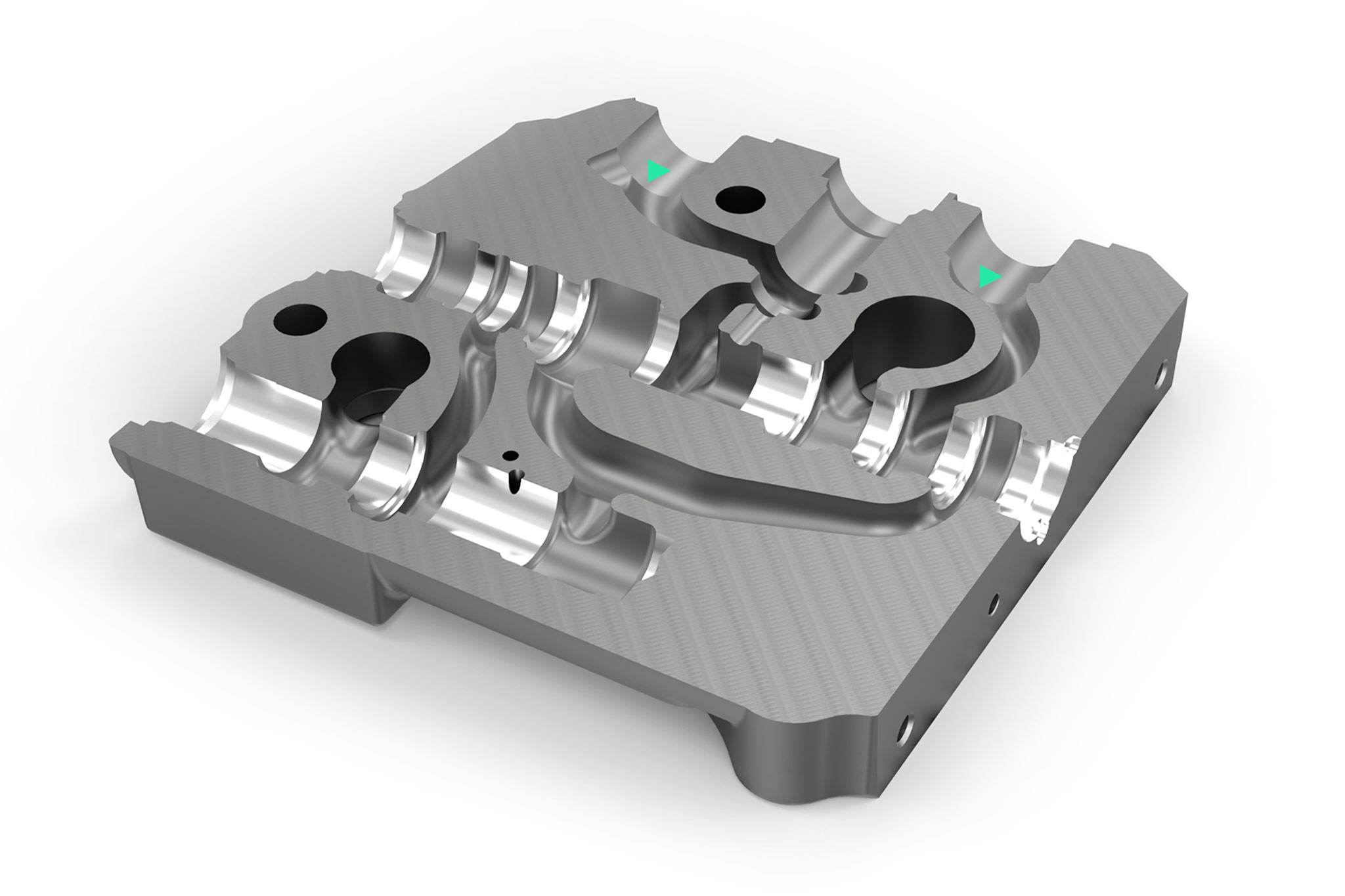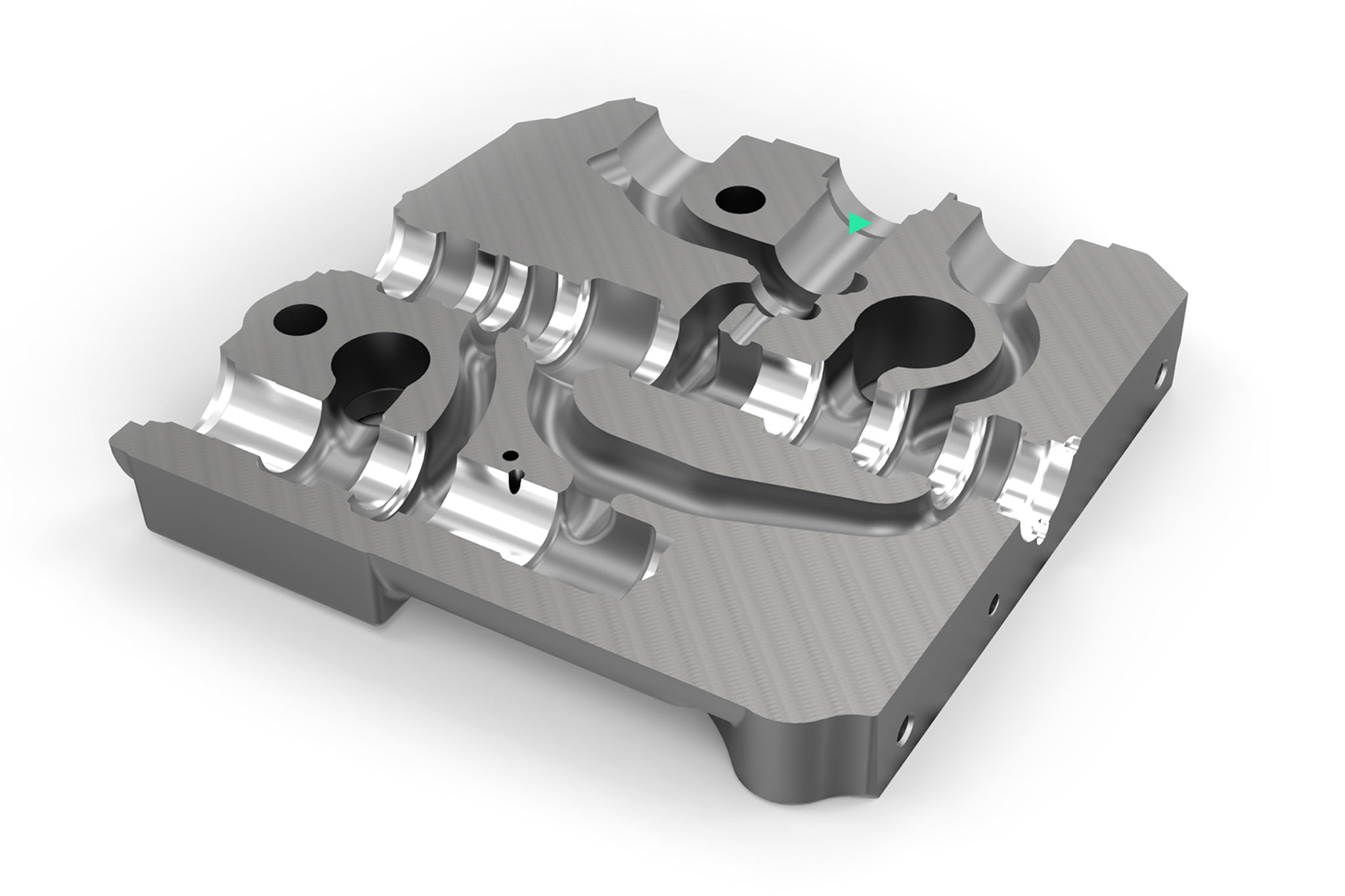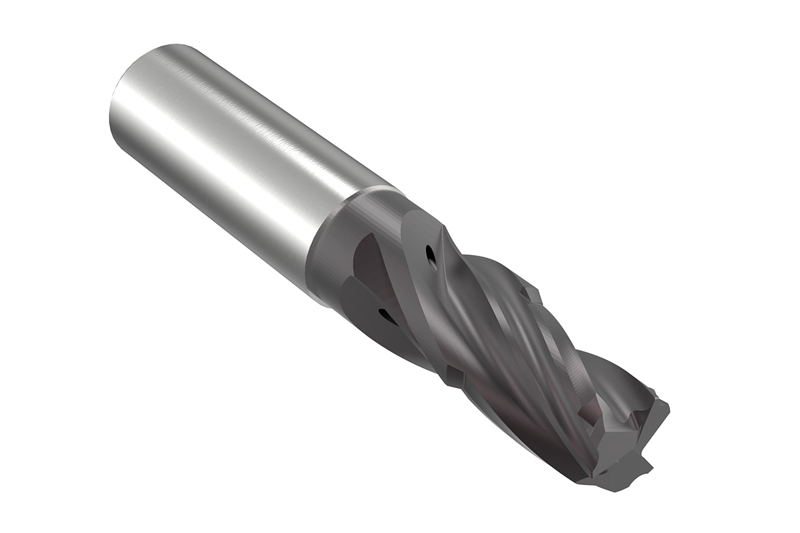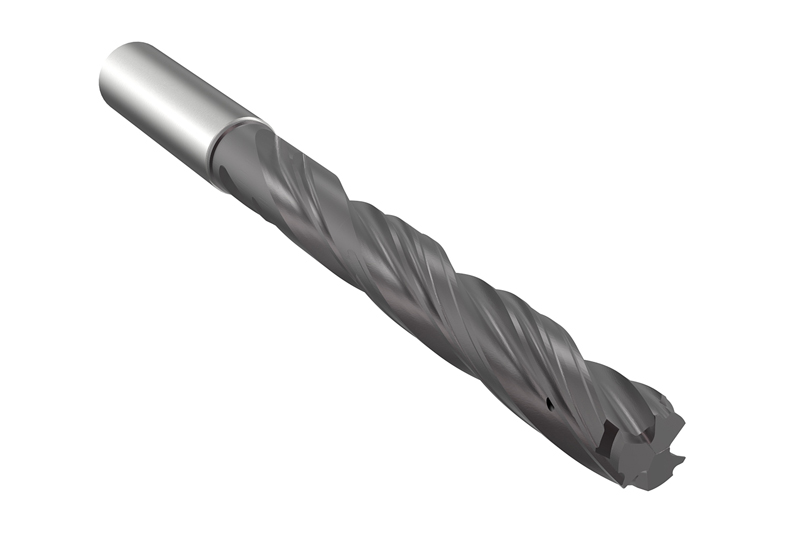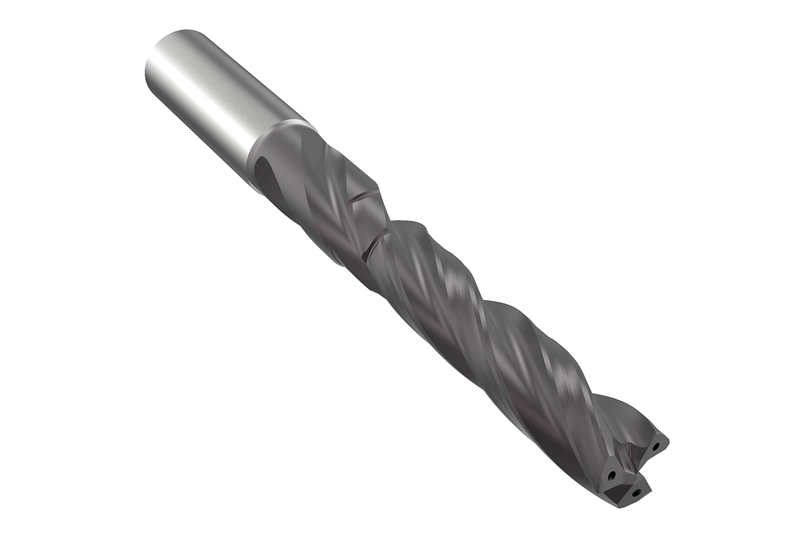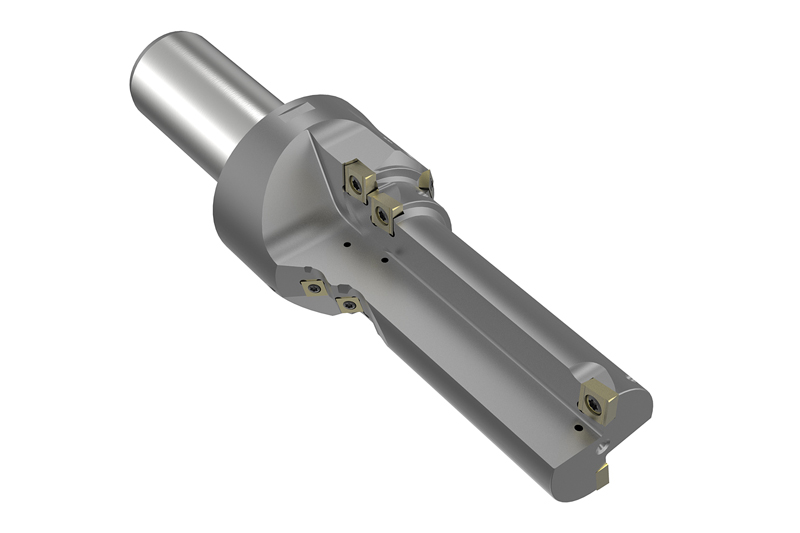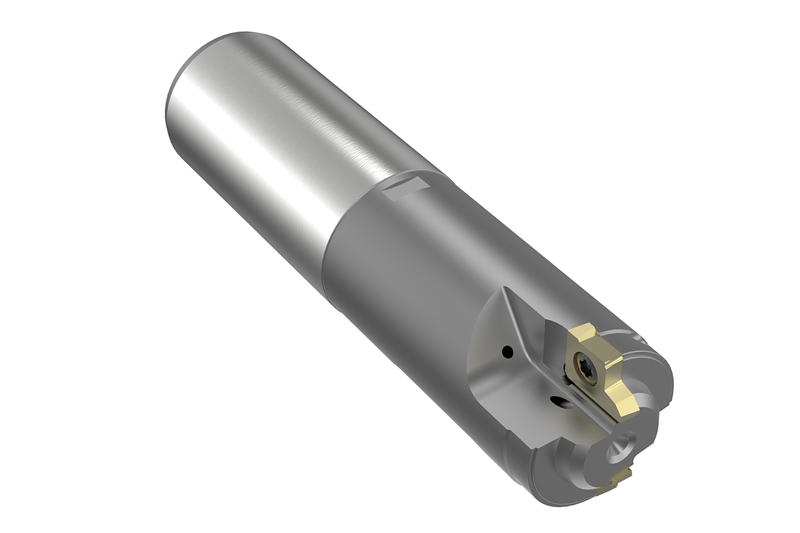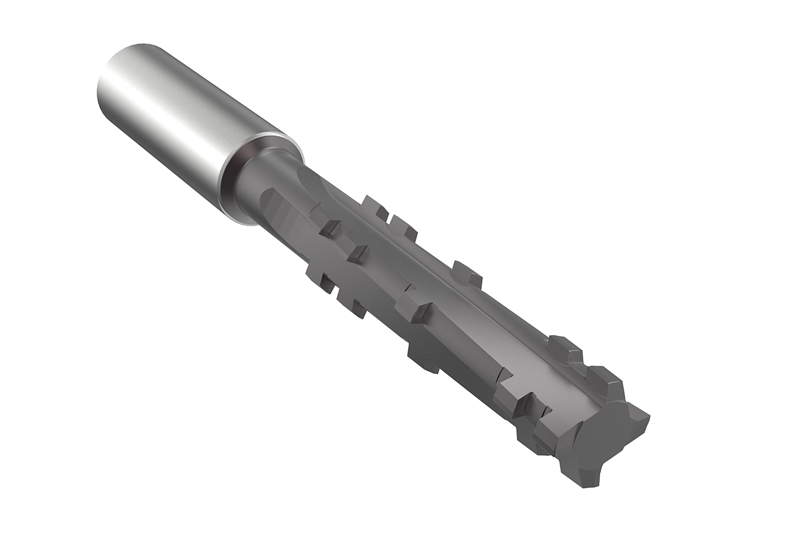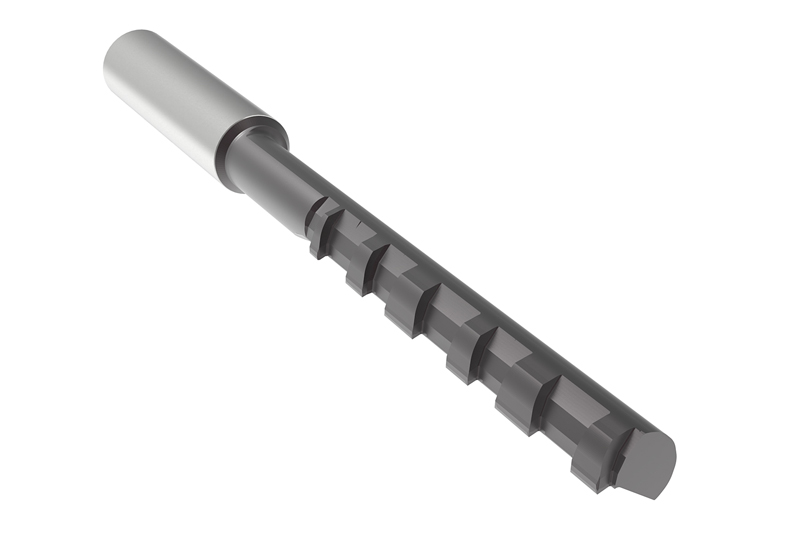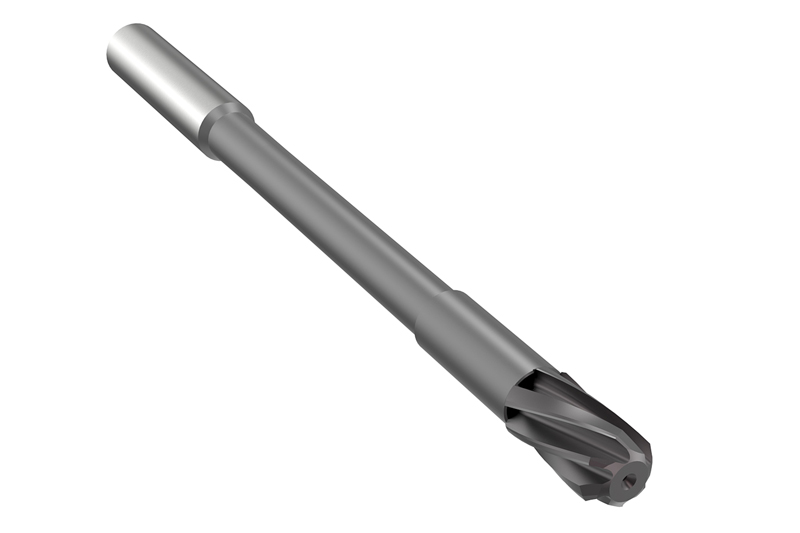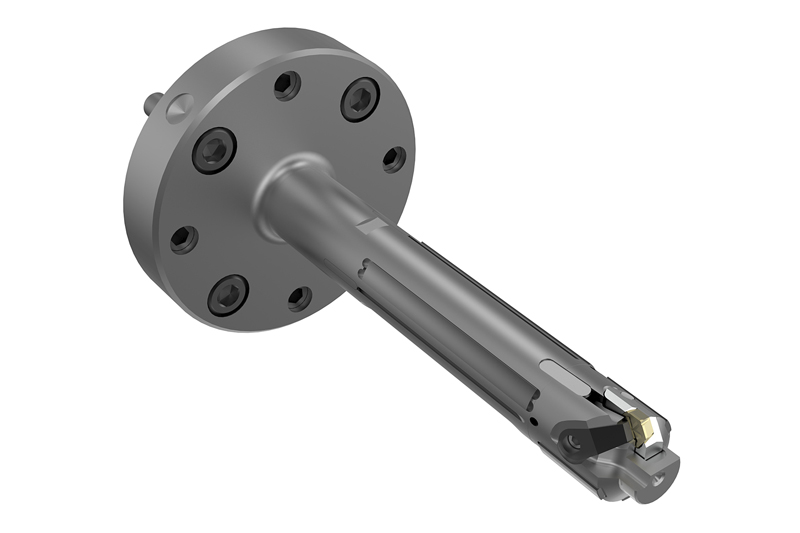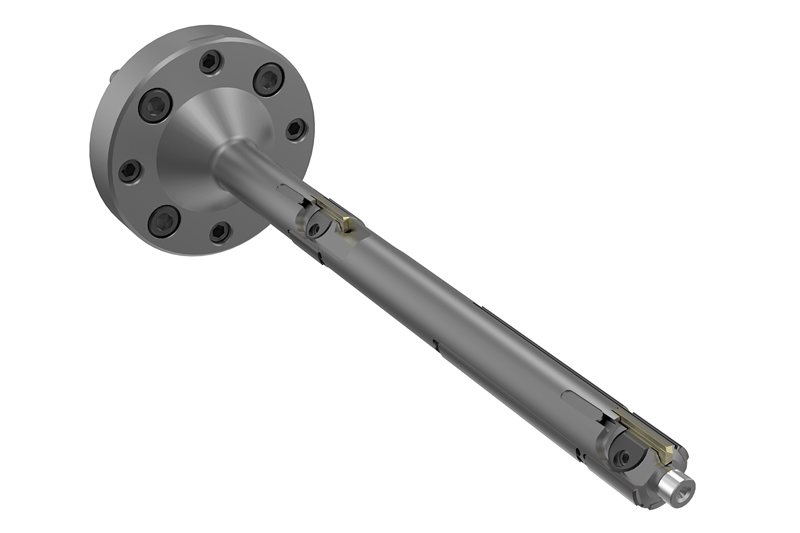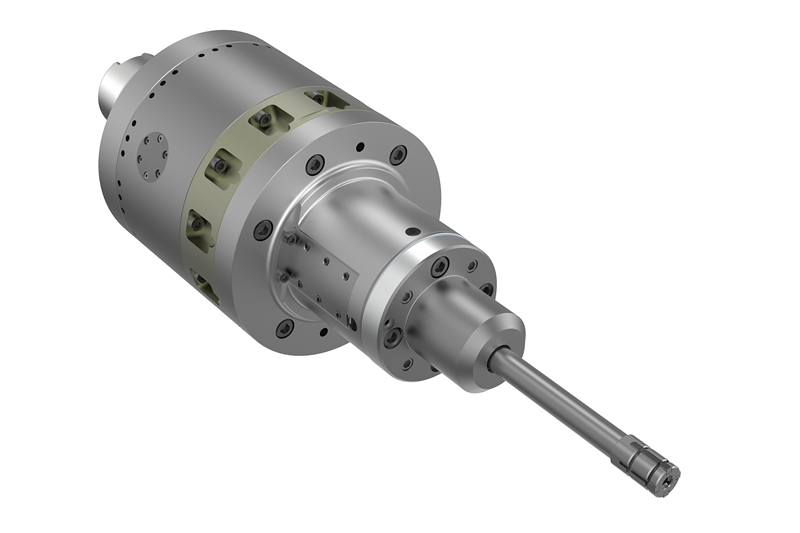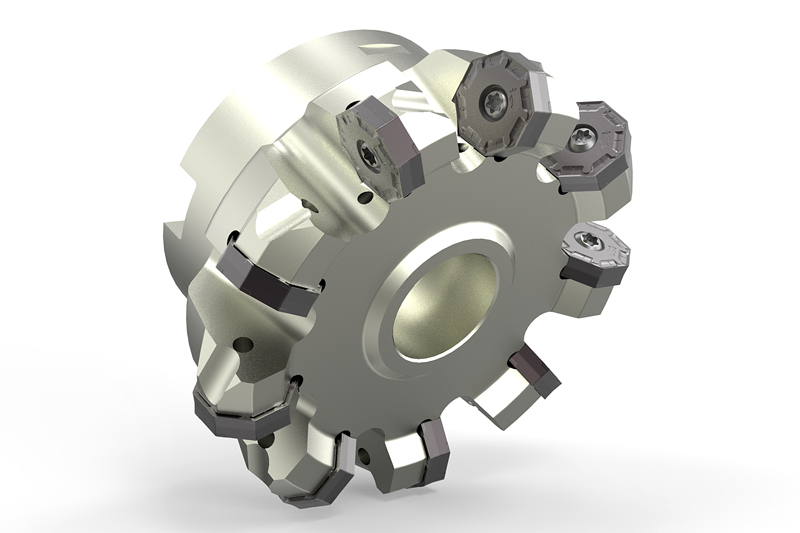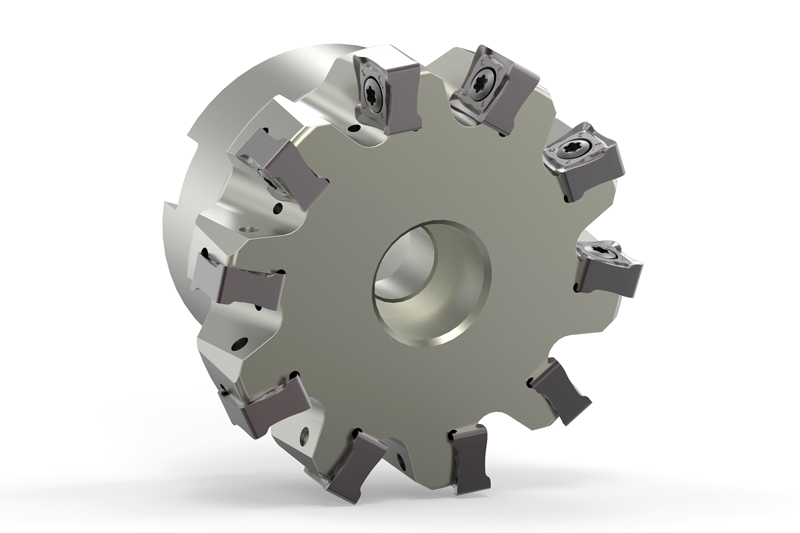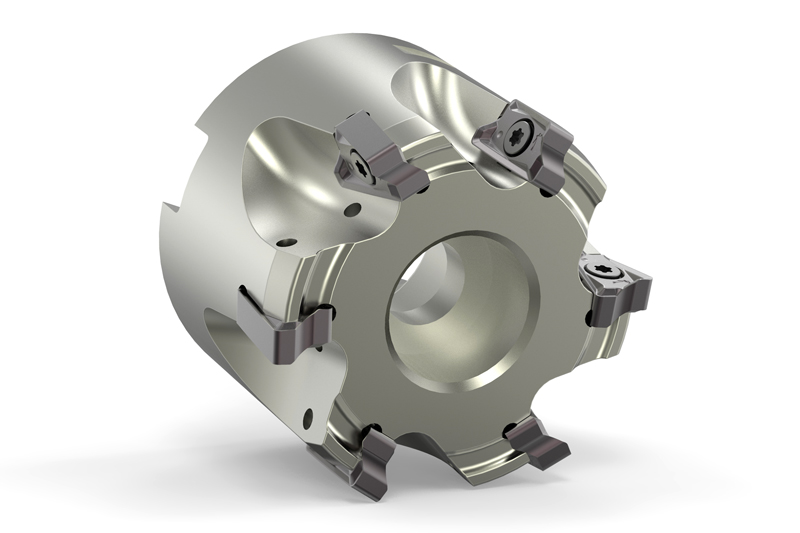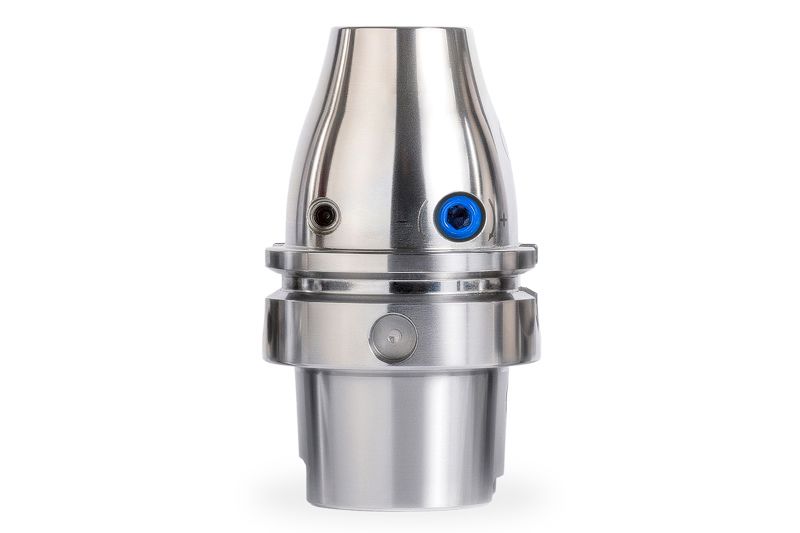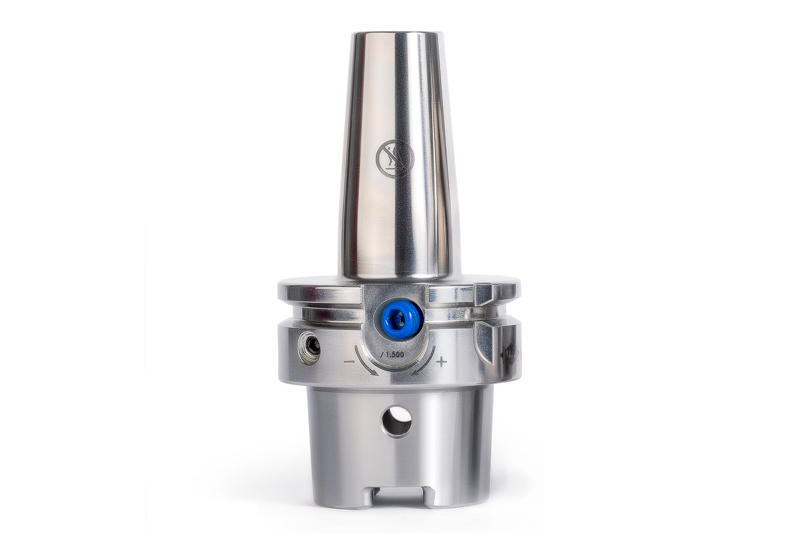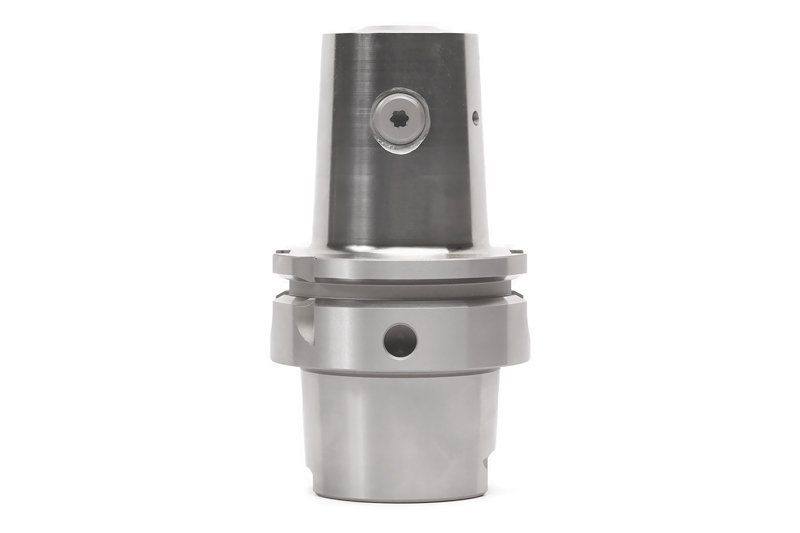Corpo valvola idraulica
Tutto dipende dal foro principale. Nel mondo della fluidodinamica, la produzione di corpi valvole è la disciplina principale. La competenza di MAPAL nella lavorazione del foro cursore è ormai richiesta da anni. Dalla precisione del foro dipende la distanza dal cursore, che permette il passaggio dell’olio idraulico solo nella direzione desiderata senza perdite. Questa è molto limitata nelle moderne valvole idrauliche. Di conseguenza, l’attenzione si concentra sulla circolarità, cilindricità, linearità e qualità superficiale di questo foro.
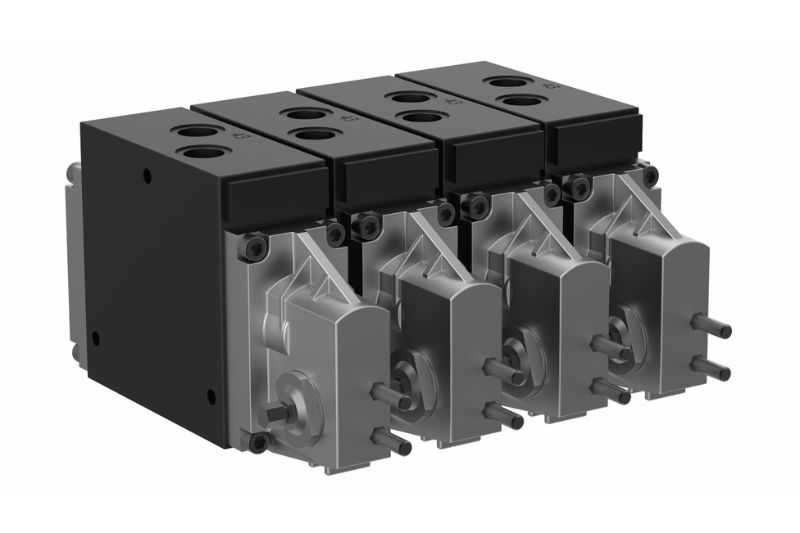
Requisiti di asportazione truciolo
- Variazioni nella situazione di volume tagliato della ghisa
- Tagli fortemente interrotti
- Evitare che si formino anelli durante la barenatura e garantire un’asportazione sicura dei trucioli dal corpo
- Evitare che gli spigoli all’interno del foro cursore si rompano durante il processo di barenatura
- Requisiti di tolleranza per la forma e la posizione molto elevati
- Preparazione alla levigatura lasciando sovrametalli costanti
- Nel progetto di asportazione truciolo, considerare la molteplicità dei componenti e gli spazi limitati di stoccaggio degli utensili
Lavorazioni di fori
Soluzioni applicative
Situazione di partenza del cliente
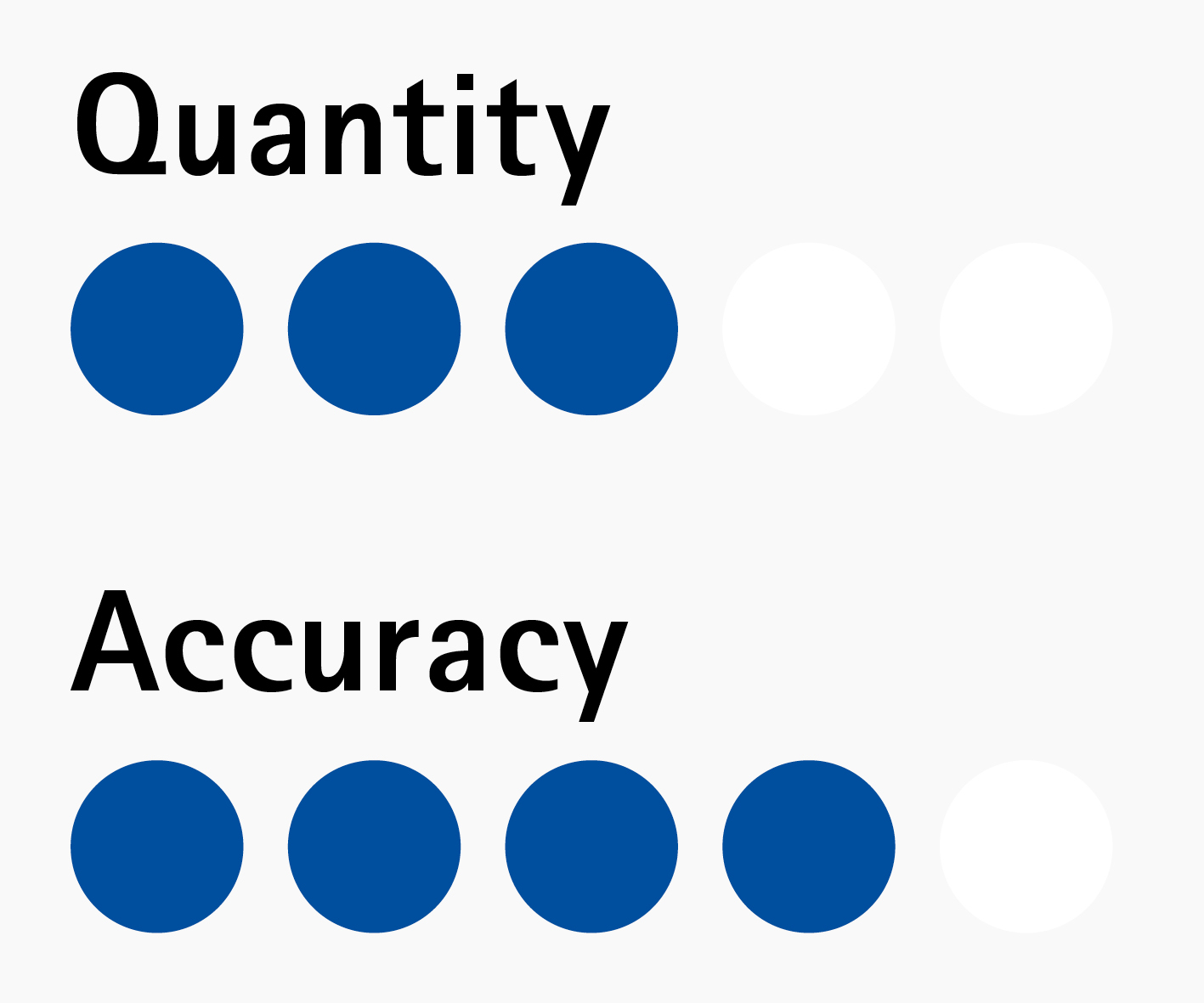
Corpo valvola EN-GJS-400-15 – Foro cursore
- Ordini individuali, piccole e medie quantità
- Nessuna possibilità di registrazione utensile
- Lead time ridotto richiesto
- Elevati costi orari della macchina
- Disponibilità di un processo di levigatura a espansione stabile
- Progettazione utensile adattata a diverse varianti di componenti
Situazione di partenza del cliente
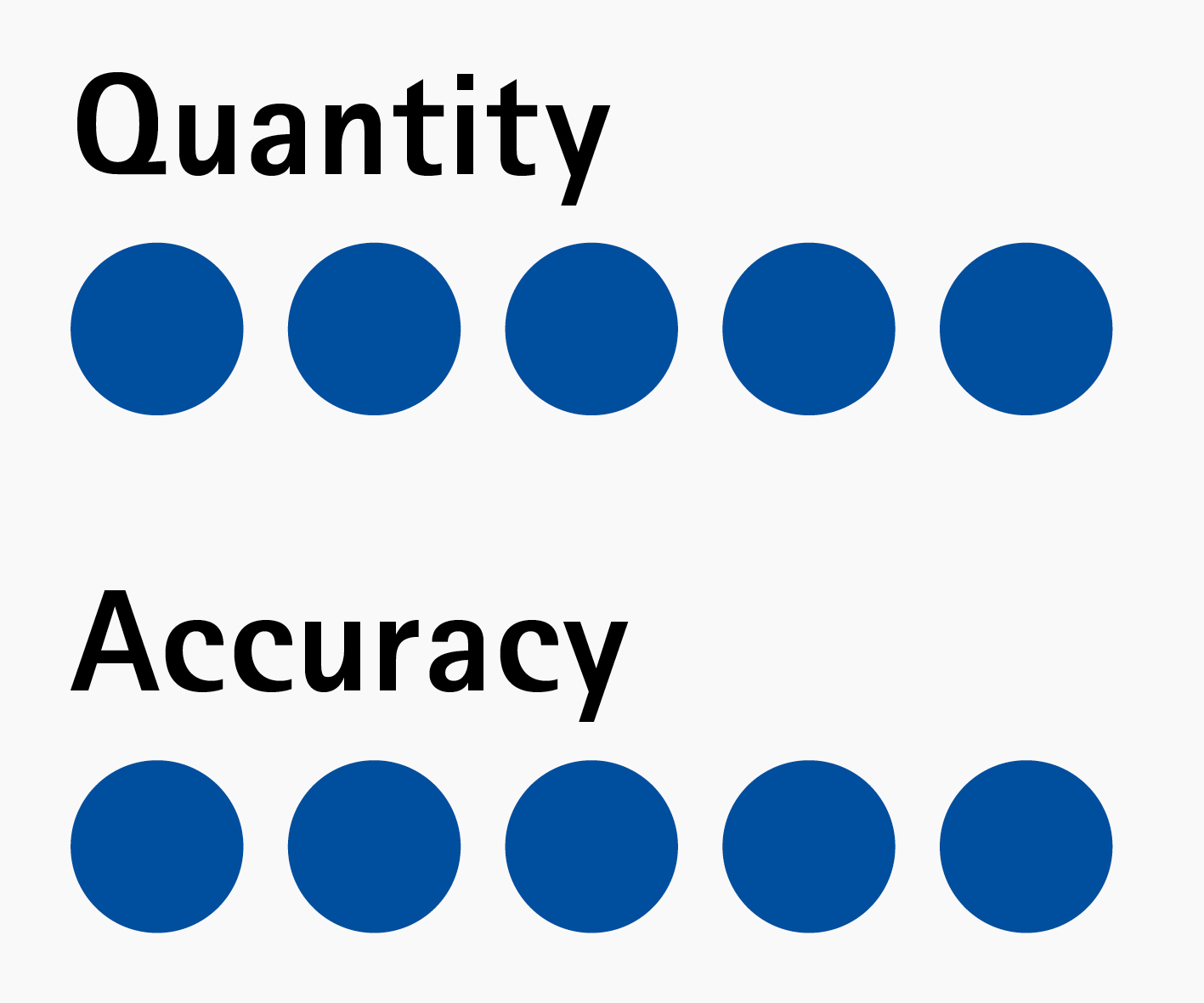
Corpo valvola EN-GJS-400-15 – Foro cursore e foro di compensazione della pressione
- Serie di produzione grande
- Registrazione utensile desiderato
- Elevati costi orari della macchina
- Costi elevati per la successiva levigatura del foro
Initial situation at the customer
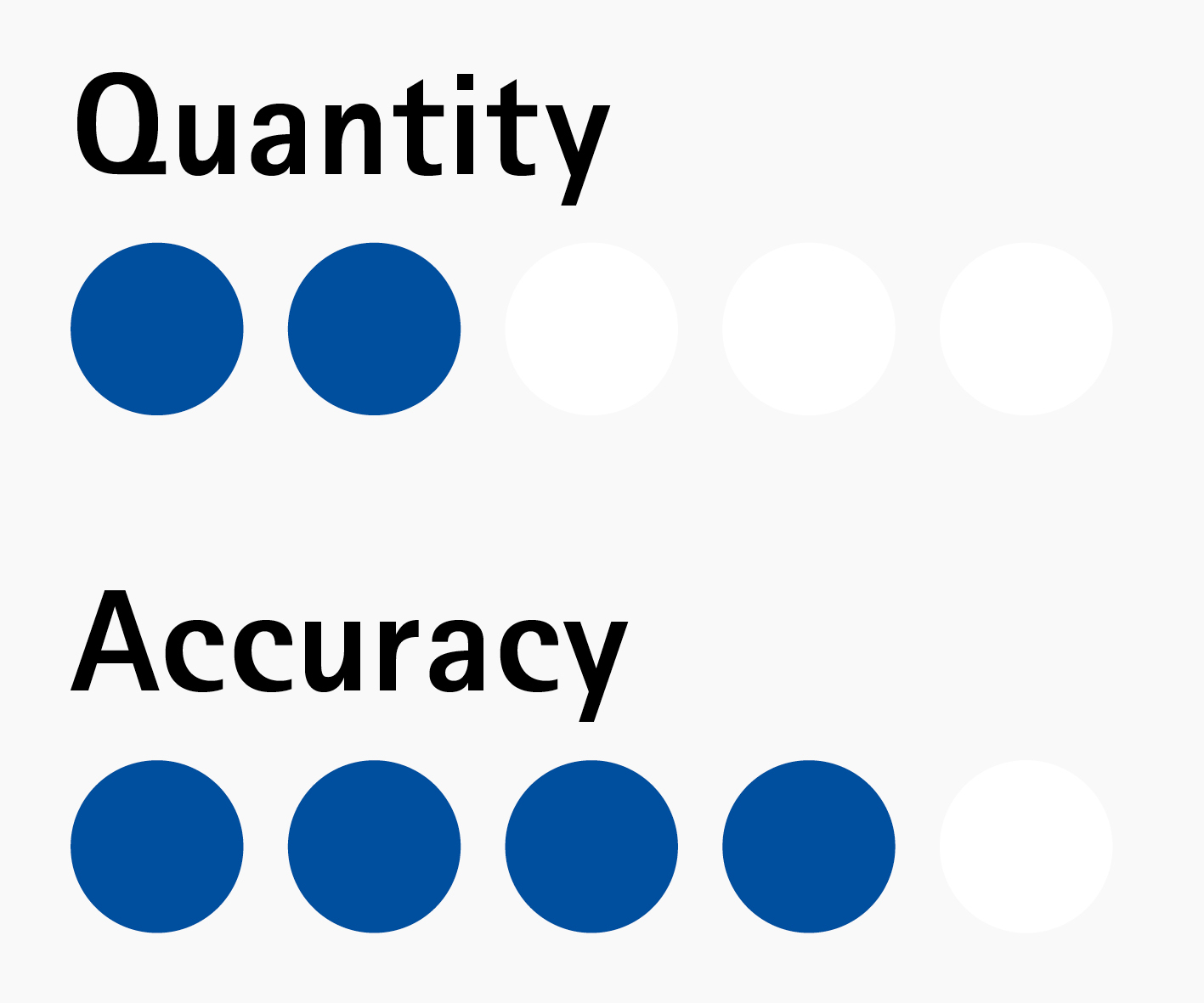
Valve housing EN-GJL-300 – spool bore
- Small lot sizes
- Option for tool setting available
- Too many/frequent tool changes
- High machine hourly rates
- High effort due to single pass honing process
Initial situation at the customer
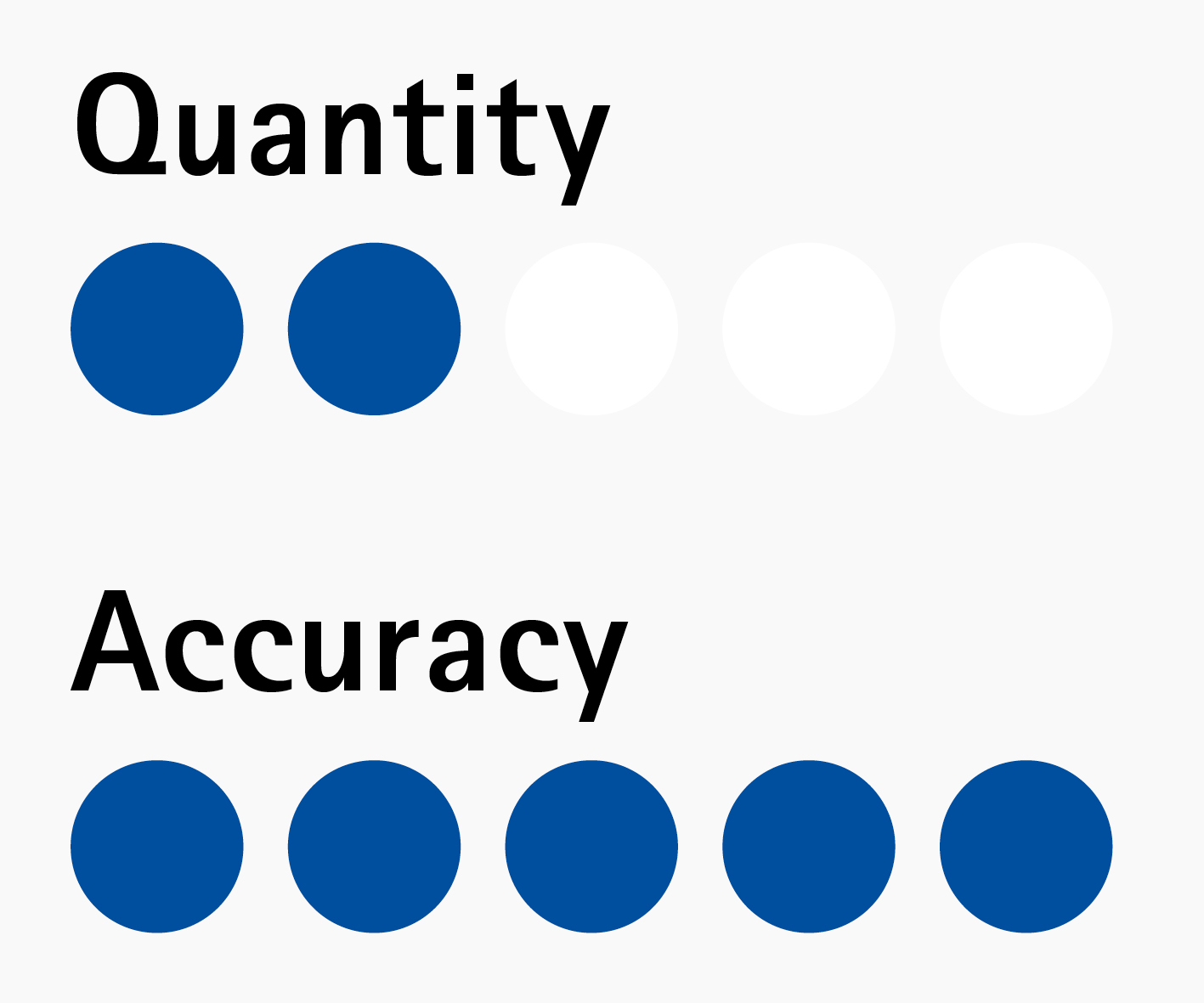
Valve housing EN-GJS-400-15 – Compensator bore / honing
- Request for reduction of ancillary costs
- Existing machining centre re-tooled to TOOLTRONIC
- Honing for prototype manufacture, as well as small and medium-scale production runs
- Requirement for saving the honing process on separate machine
Initial situation at the customer
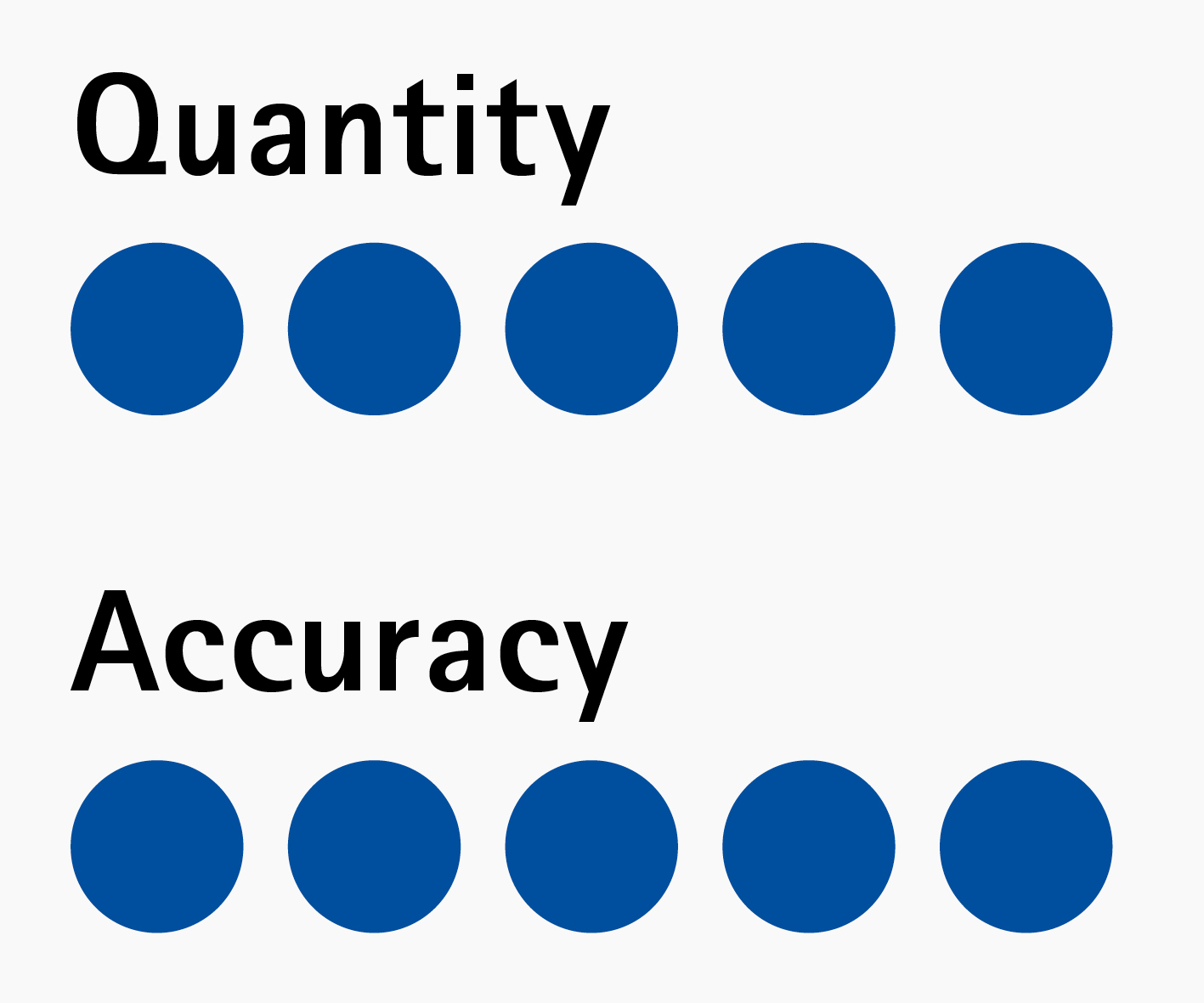
Valve housing EN-GJS-400-15 – complete machining
- High inventories
- Processes in the tool-setting area not optimal, and incomplete data quality
- Cost transparency is not sufficient
- High fluctuation due to general lack of skilled workers
- Problems with tool breakage
- High tool costs


